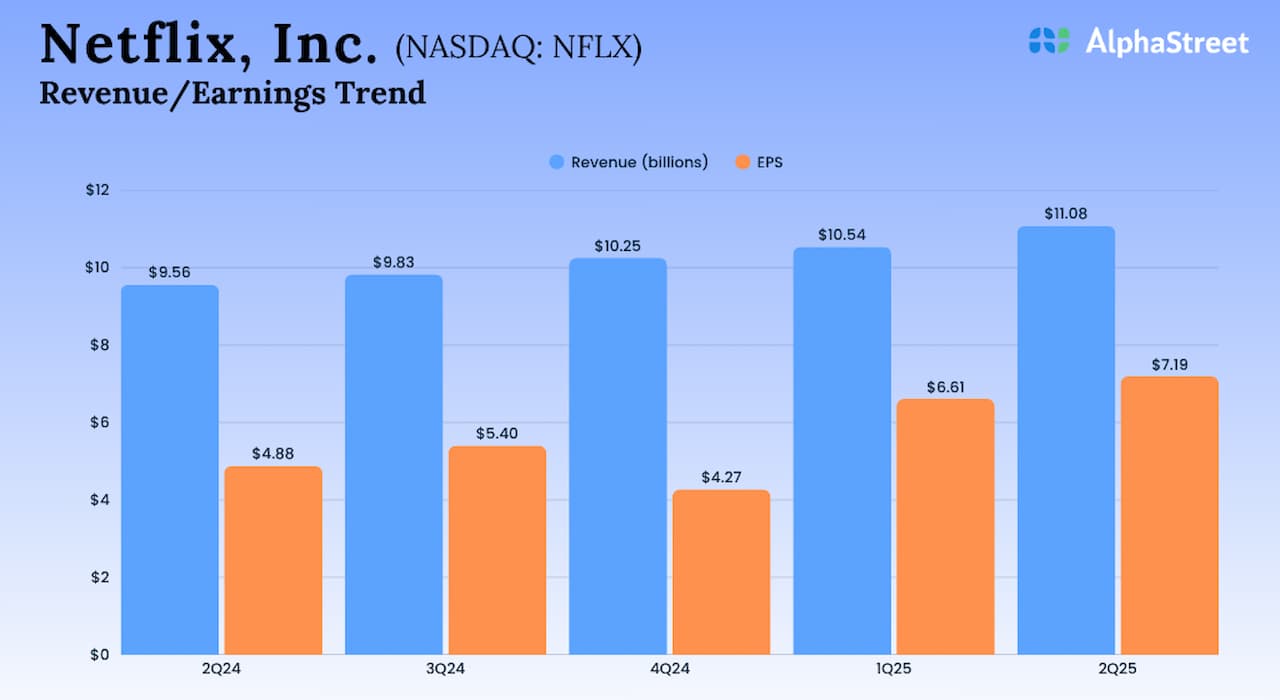The renewables sector has taken centre stage as a priority for investments in Asia Pacific (APAC) — a welcome development since the region is among the most susceptible to the impacts of climate change. The investors range from governments in key geographies, legacy companies — particularly those in extractive industries — trying to mitigate the impact of their business models on the environment, and private capital firms backing startups that address one or more aspects of the multi-pronged challenges facing the region.
While areas such as green energy draw the bulk of attention — $1.8 trillion in investments could be made by 2030[1] — a particularly critical area for the region is electric vehicles (EVs) and the ancillary industries that serve the sector such as batteries and charging stations.
These critical sectors are the focus of a new report Driving Change in Asia Pacific’s Renewables Sector — Trends and Investible Opportunities from FinanceAsia in partnership with DFIN.
The report is based on research chronicling some of the most important recent developments in the space. It is supplemented with in depth interviews with sector experts from EV and EV ancillary services, venture capital firms, and financial institutions, representing key geographies in Asia such as China, India, Indonesia, and Singapore.
While decarbonising transport is a global imperative considering it accounted for 37% of end-use CO2 emissions in 2021, this is particularly relevant for large parts of Asia. Already congested and densely populated, the region’s metros have seen a huge uptick in vehicular traffic thanks to logistics firms working to serve its flourishing ecommerce sector, the rise of ride hailing services, and private transport.
Research reveals that in APAC, greening transport requires a two-pronged approach — access to EVs, as well as renewable energy sources needed to power these vehicles.
Some of the aspects covered by the report include:
- Key public policy changes that have given a fillip to the EV and EV ancillary sector in the region.
- The outsized impact of China on the region’s EV space.
- A focus on indigenous production of EVs and critical components in several large markets in the region such as India and the impact on investor interest in the sector.
- The key sectors within the EV ancillary space that are attracting the bulk of investments.
- Factors of critical importance to both investors as well as firms in the EV / EV ancillary space as they approach dealmaking.
- Some of the most significant investments and deals in the EV and EV ancillary space in recent times.
Besides, the report gives insights into some of the hotly debated questions around EV — such as whether these vehicles can still be considered ‘green’ if they rely on traditional power grids for charging.
It also points to some of the most future forward developments which could entirely change the narrative around EVs, charging, and the dependence on power grids.
Please click here to access the full report.
¬ Haymarket Media Limited. All rights reserved.






































